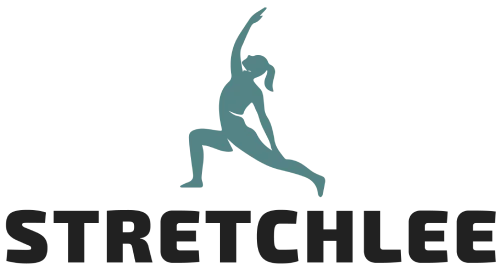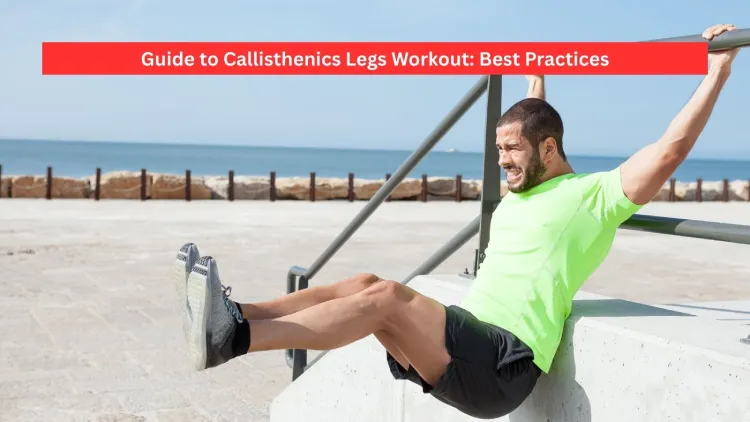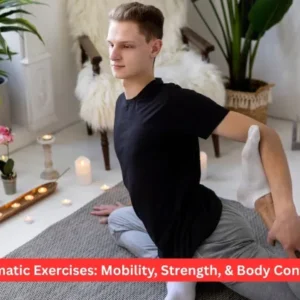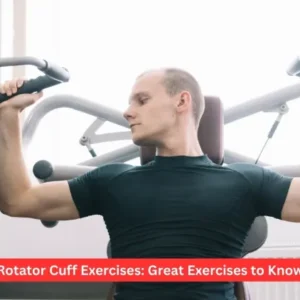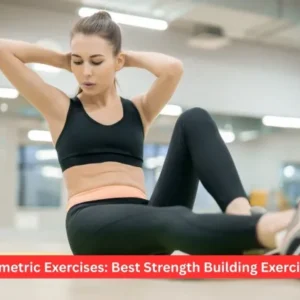One of the best exercise routines in order to gain strength, endurance and muscle definition when you do not have a gym is a callisthenics legs workout program. A smart program and the right form will help your body build incredibly strong legs with nothing but bodyweight. In 2025, this will still serve as a preferred method of working out by sportspeople, home-fitness enthusiasts, and minimalists who like functionality and freedom. This manual encompasses the advantages, expert tips, errors to be avoided, best exercises, exercise regimen, nutrition and recovery strategy so that regardless of where you train, you can get maximum output with minimal effort.
- Why Choose a Callisthenics Legs Workout in 2025?
- Best Practices for a Callisthenics Legs Workout
- Common Mistakes to Avoid in a Callisthenics Legs Workout
- Effective Exercises for a Callisthenics Legs Workout
- Sample 20-Minute Callisthenics Legs Workout
- How to Structure a Callisthenics Legs Workout for Maximum Results
- Can Callisthenics Build Big, Thick Legs?
- Callisthenics vs. Weights: Which is Better for Legs?
- Recovery, Frequency, and Rest Days
- Nutrition for Callisthenics
- Skill Work and Iconic Callisthenics Moves
- Callisthenics Community and Icons
- Final Thoughts
-
Frequently Asked Questions
- 1. Can a callisthenics leg workout substitute a gym exercise for leg training?
- 2. How frequently is it recommended to perform a callisthenics leg workout to build the muscles?
- 3. Which is the best callisthenics exercise to develop leg size?
- 4. Do I require equipment for a callisthenics legs workout?
Why Choose a Callisthenics Legs Workout in 2025?
To have strong legs with muscles, you do not have to use heavy weights. Callisthenics legs workout can cover all the major muscles using leverage, time under tension and progressive variations. It is also very available- one can train no matter where they are without costly gear- and can enhance balance, mobility and their overall sports abilities. Using the principles of the 80/20 rule, most of your gains should come as a result of attending to key movements such as squat, lunge and step-ups, and accessory work should also form part of the remaining 20 per cent. A mere 20 minutes, 3 times a week, is enough to produce amazing gains and still take adequate rest.
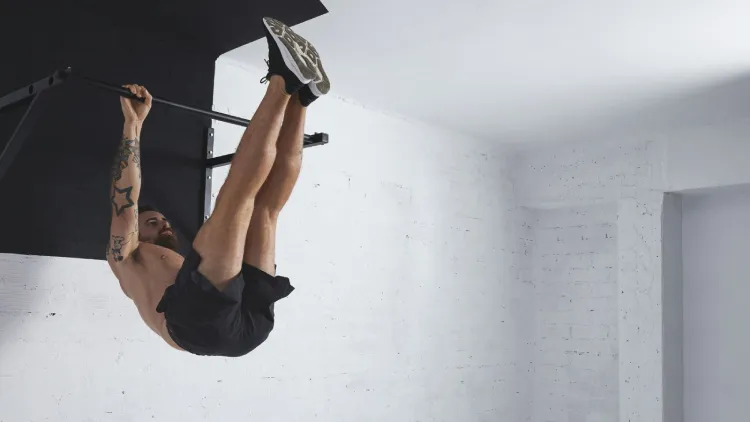
Best Practices for a Callisthenics Legs Workout
1. Warm Up Thoroughly
Legs are where some of the largest muscles in humans are located, and it is necessary to warm them up to give a good performance. Begin by warming up the body using 5-10 minutes of what I call dynamic movements that are essentially done to get your heart rate going and loosen the joints.
Examples include:
- Speed and coordination- high knees
- Walking lunges to warm glutes and quads
- Prepare your hip joints with bodyweight squats
- Ankle circles to prevent sprains
Not only does this prep enhance performance, but it also minimises the risks of injury.
2. Focus on Form Over Numbers
Being even a bit careless in the direction of doing more repetition by running through the movement sometimes results in inconsistent body positions that may strain the knees and back. Keep an upright chest, drive through the core, knees moving over toes, and be in control of the up and down aspect of each rep in utmost posture.
3. Use Progressive Overload
Callisthenics does not promote performing similar exercises all the time. To make your callisthenics legs workout more demanding, you can:
- Increase range of motion (e.g. squat deep)
- Rounding out at the start of a movement
- It is adopting unilateral actions, such as pistol squats
- Including weighted apparel or weight vests
- This principle maintains growth and eliminates stagnation.
4. Train All Muscle Groups in the Legs
A muscled approach hits the quads, hamstrings, glutes and calves. Compound exercises such as squats and lunges provide an exercise with multiple muscle groups, whereas isolation exercises such as calf raises and glute bridges allow trying to building form and shape.
5. Keep a Consistent Schedule
The best growth of legs occurs upon the balance of training and recovery. Most individuals do well to train their lower body twice or three times a week. Do not subsequently train legs hadailysis, where the muscles develop from not working, but during the workout itself.
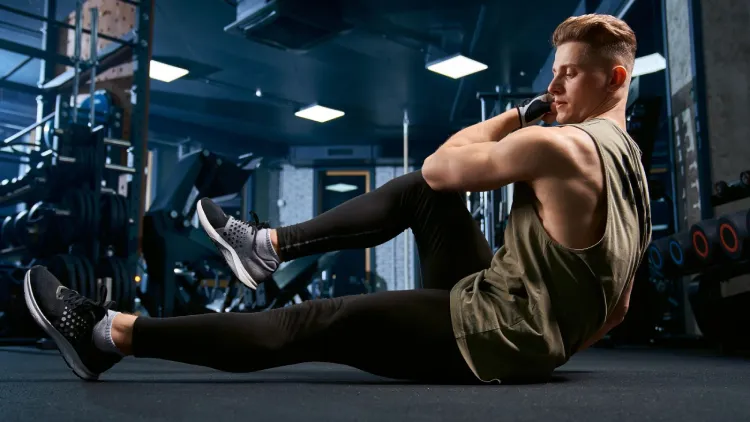
Common Mistakes to Avoid in a Callisthenics Legs Workout
- Forgetting leg training altogether- this causes imbalance, poor posture and loss of athletic potential.
- Failure to rest/Recovery- In some cases, overtraining will leave you feeling fatigued, sore, and will reduce performance.
- Neglecting flexibility and mobility – Stiff muscles make the range of movement very limited and do not allow strength to increase.
- Lack of measuring progression- It is very simple to plateau without recording reps, sets, and progression.
- Haphazard training – Chance workouts get chance results.
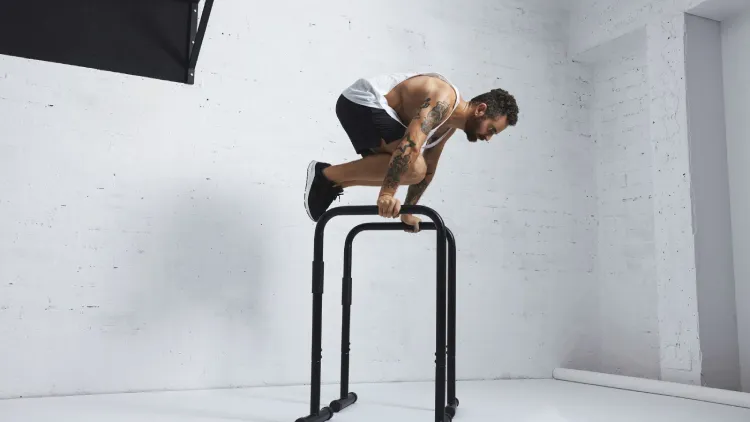
Effective Exercises for a Callisthenics Legs Workout
1. Squats
The core of any lower-body routine. Squats work quads, glutes and hamstrings. Advance to power jump squat or pistol squats to be as challenging as possible.
2. Lunges
During lunges, the whole leg is worked on, but stability is enhanced. Reverse lunges and walking lunges are both good for reducing strain on knees and developing endurance.
3. Step-Ups
Step-ups will work explosive power and balance using a bench or box. They are lifelike movements, such as climbing stairs, and thus they are practical in everyday life.
4. Glute Bridges
These result in hip extension and firing up the gluteus and hamstrings. The intensity is also added by raising your feet.
5. Calf Raises
Critical to ankle control and running. Do them on a step to have more stretch.
6. Sissy Squats
The exercise is an advanced one and isolates the quads to be defined and strengthened. Just what you want to develop that front-thigh curve.
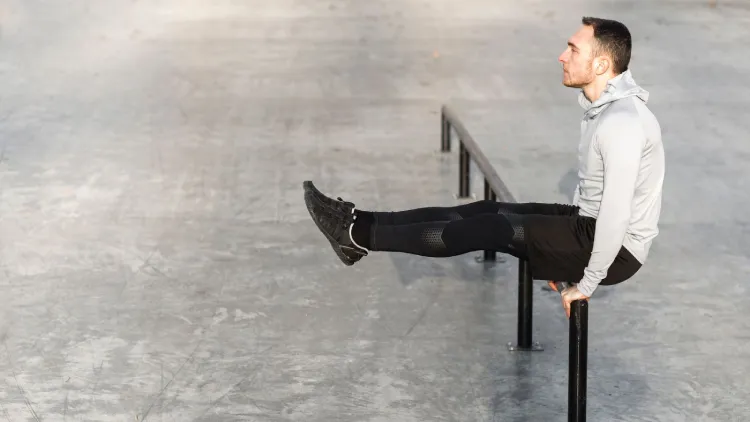
Sample 20-Minute Callisthenics Legs Workout
Warm up (5 min)
- High knees – 30 sec
- Body weight squats – 30 sec.
- Walking Lunge – 30 sec
- Rest – 30 sec, repeat 2 times
Main Workout (12min) – 3 rounds
- Squats – 15 reps
- Reverse lunges – 12 reps each leg.
- Glute bridges — 15 reps
- Calf raises – 20 repetitions.
Cool Down (3 minutes )
- Hamstring stretch
- Quad stretch
- Hip opener
How to Structure a Callisthenics Legs Workout for Maximum Results
The healthy, balanced routine goes as follows:
- Warm-Up – Mobility and activation.
- Primary Strength Movements- Squats, lunges or step-ups.
- Accessory Exercises – Glute bridges, Calves, Sissy Squat.
- Skill or Power Work – Jump squats, pistol squats.
- Cool Down & Stretching- Keep flexible and promote recovery.
The structure will guarantee that each muscle group is exercised and will achieve progress regularly.
Can Callisthenics Build Big, Thick Legs?
Sure, it is not simply the equipment, it is also progressive overload, nutrition and recovery that allow people to grow muscle. With frequent training using single-leg exercises, slower speeds and isometrics, quads, hamstrings, and glutes would grow in size and strength as time goes on. Paired with a high-protein diet, complex carbs and healthy fats, this will continue to boost muscle development.
Callisthenics vs. Weights: Which is Better for Legs?
The two are demerits. Weights allow simplifying a progressive overloading workout, and callisthenics enhances functional strength and mobility and balance. On the one hand, it may be best for an athlete to do both, but on the other hand, many people don`t need heavy equipment to get strong, athletic legs when a callisthenics leg workout is adequate.
Recovery, Frequency, and Rest Days
The majority of individuals will derive some benefit after having 1-2 days of rest following a session of intensive leg work. Three times per week will suffice in terms of training legs in order to gain strength and build muscles; it is particularly, when the quality of the session is good. During off days, active blood flow may be maintained through some light mobility or even walking and biking, without causing muscle strain.
Nutrition for Callisthenics
Your nutritional intake should align well with your physical exercise. To build muscle and in recovery:
- Protein – 1.6-2.2g of protein per kg of body weight every day
- Carbs – Replenishing during the intensive workouts and recovery. Carbs play an important role in providing energy and sustaining endurance during intense workouts and recovery.
- Healthy fats- Balance of hormones and joint health
- Hydration – Water assists the muscles in action and stamina
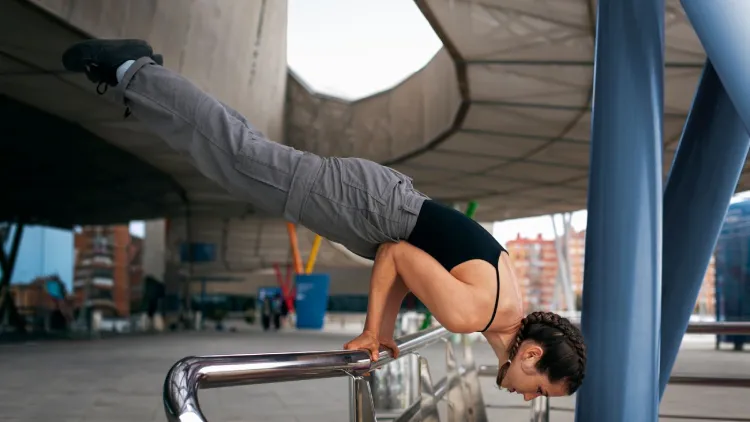
Skill Work and Iconic Callisthenics Moves
As many athletes train their legs, they may also train their upper-body and core skills, such as:
- V-sits Core- focused hold that enhances the degree of compression.
- Dragon flags – Core exercises advanced at their best and popularised by Bruce Lee.
- 90-degree push-up – Elite level pushing ability and strength, plus balance and shoulder mobility.
Useful as they are not leg-specific, the moves support your callisthenics training as a whole and increase general-body strength.
Callisthenics Community and Icons
The sport has numerous role models, with some being termed the king of callisthenics because of their strength and innovativeness, like Hannibal For King. With strength comes the ability to master the big 3 (pull-ups, push-ups, and dips), not to mention the big 4 (squats added).
Height does not define success, be it at 5 inches 5 or 6 inches 2. A real callisthenics lover, or, in other words, a smart training person, is expressed in a passion, regularity and a sense of consistency.
Final Thoughts
Callisthenics legs workout provides a comprehensive, arms-free method of growing strength, endurance and muscle. Practising best practices, whatnot to do and taking progressive overload can help you shape up your strong, athletic legs, but you have the flexibility of training wherever you want. Smart programming + appropriate nutrition and recovery, and your results will be all the testimony you need, because you know you don’t need a big lift to have strong legs by 2025.
Frequently Asked Questions
1. Can a callisthenics leg workout substitute a gym exercise for leg training?
Yes. Much like gym training, a properly designed callisthenics leg program can create strength, endurance, and muscle building in a very short time. The trick is to employ progressive overload, good form, and the difficult variations such as pistol squats and jump squats.
2. How frequently is it recommended to perform a callisthenics leg workout to build the muscles?
Training the legs two to three times per week gives most people tremendous results. This frequency is regarded as sufficient recovery and a reasonable stimulus for muscle growth and an increase in strength.
3. Which is the best callisthenics exercise to develop leg size?
In callisthenics, squatting with a pistol remains the exercise to gain leg size. It uses quads, hamstrings, glutes and calves in one difficult motion, besides enhancing balance and coordination.
4. Do I require equipment for a callisthenics legs workout?
You do not need equipment; however, you can turn up the results of your training by using auxiliary tools such as resistance bands, a box or firm chair where you can use step-ups, or a weighted vest to provide added weight. These assist you in making your workouts more intense and make your progress more rapid.
